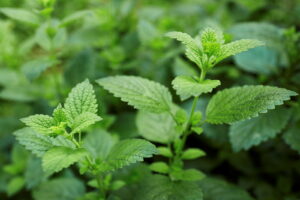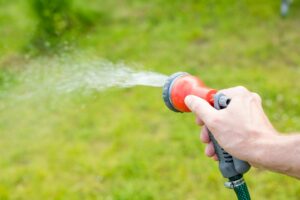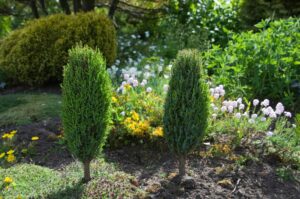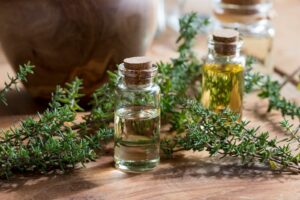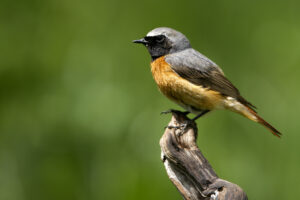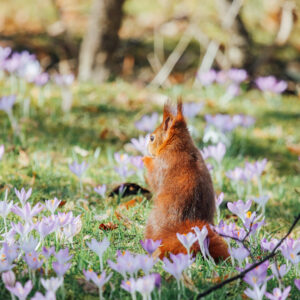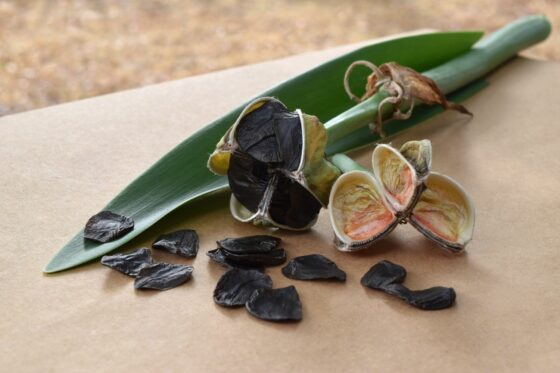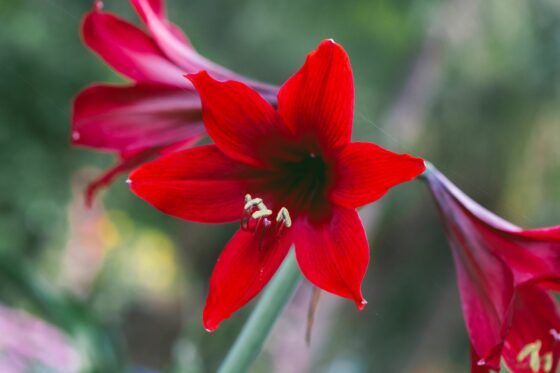Amaryllis after flowering: all about care & pruning in summer
Should you prune amaryllis after flowering? How do you care for amaryllis after flowering? Our tips for the care of amaryllis in the summer.

In many places, the imposing white, pink or red flowering species of amaryllis (Hippeastrum) are also known as the knight star. The name Amaryllis is a testimony to the past – once the amaryllis were assigned to the genus Amaryllis, but now they enclose their own genus of plants called Hippeastrum. Nevertheless, the name Amaryllis is still the most common – which is the reason we use it in this article. However, it is indisputable that the amaryllis is a perennial bulbous plant. After flowering, which usually occurs some time between December and February, the amaryllis does not have to disappear forever. If you care for the amaryllis after flowering, it can be made to bloom again next year without much effort.
Contents
Amaryllis: flowering time and care during each cycle
To properly care for the amaryllis, you need to know about its different life cycles during the gardening year. This is because the requirements of the amaryllis after flowering are fundamentally different. First, however, we provide an overview of the individual life phases of an amaryllis over the course of a year:
- Flowering time: December to February
- Growth: March to August
- Dormant period: August to December
You can read about how to care for amaryllis during the flowering period here. In this article, we focus on taking a closer look at the specific requirements during the growth and dormancy phase.
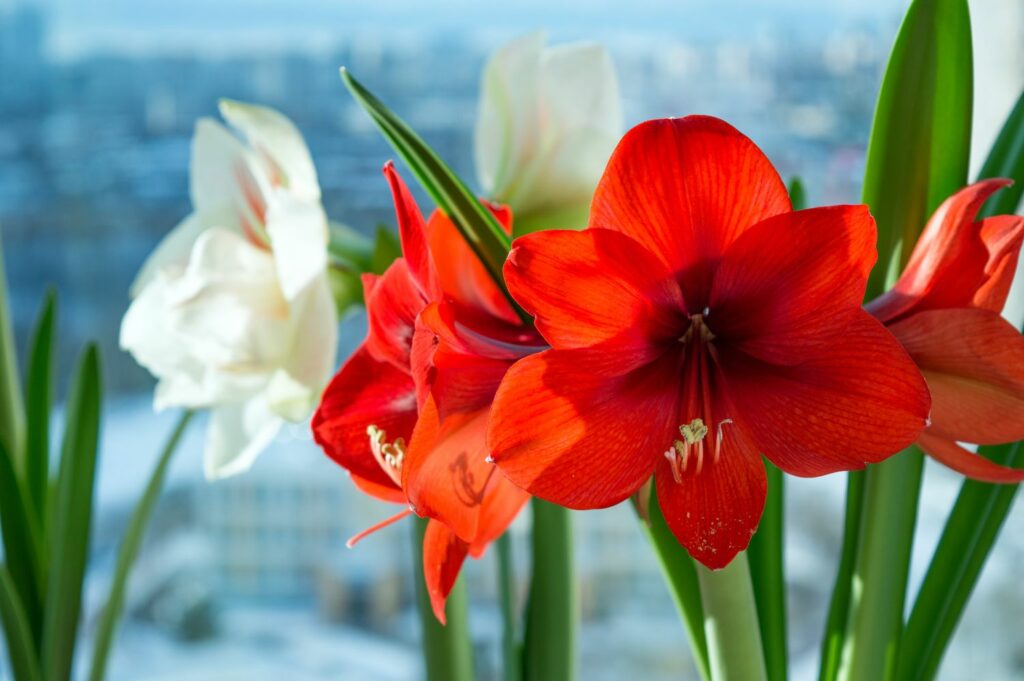
Should you prune amaryllis after flowering?
Once flowering of the amaryllis is completed, growth really takes off. In order for the plant to develop to its fullest, you should prune the amaryllis after flowering. In this process, the withered flower of the amaryllis, including the stem, is cut off a few centimetres above the bulb. The leaves of the amaryllis, on the other hand, are not cut off after flowering. In fact, it is extremely important that the healthy leaves remain on the plant, because they are crucial for the photosynthesis of the plant. If the leaves are cut off, the plant’s nutrient reserves are often insufficient to recover from the cut.
Caring for amaryllis after flowering
After the amaryllis is cut off after flowering, the development of leaves progresses, and the need for water and nutrients increase. As a result, caring for amaryllis after flowering consists mainly of watering, as well as the supply of fertiliser. When watering, make sure that the amaryllis never completely dries out, but at the same time it should not become waterlogged. To ensure optimal nutrient supply, it is also advisable to provide the amaryllis with a good liquid fertiliser every 14 days, such as Plantura Liquid Flower Food. Caring for the amaryllis after flowering is very crucial. The flowers are already set inside the bulb during this time – too little water and an inadequate supply of nutrients can significantly reduce the amaryllis’s ability to flower in the coming winter. In addition, a sufficiently bright location is particularly important for the development of the amaryllis: it is best if the amaryllis can continue to stay in a warm and also sunny place in the house. As soon as there is no threat of frost from mid-May, the amaryllis will do very well if placed outside. It can also be planted out in the bed.

Summary – How to care for your amaryllis after flowering:
- February: cut off withered flower shoots just above the bulb and continue to leave Amaryllis in a warm and now also bright location.
- May to July: move amaryllis outside once the danger of frost is over.
- Ensure adequate watering of the amaryllis after flowering.
- Provide a liquid flower fertiliser every two weeks.

- Perfect for all flowers & balcony plants
- Liquid fertiliser for a lush blossom throughout the season
- Quick & easy application - child & pet friendly
Caring for the amaryllis in summer
In late July to early August, stop watering and fertilising amaryllis – because this is the beginning of the dormant period. The dormant period is necessary to successfully sprout the amaryllis later and elicit its impressive flowers. Due to the dehydration, the leaves dry up. These are then cut off and the bulb can now be moved to dry soil in a cool and dark place – for example, in the basement. But the temperature should never fall below zero, the optimum is a room temperature is of about 15 °C. In November, it is time to repot the bulb in new substrate and prepare for flowering. The bulb is removed from the old pot and transferred to new substrate. The top third should be sticking out of the soil when planting, and the bulb in the pot should have one to two centimetres of space in all directions.
If small offset bulbs have formed on the large amaryllis bulb, they can now simply be removed and planted individually. After one to two years of development, these self–propagated amaryllis offspring will also bloom. We list other ways you can propagate amaryllis in our special article.
If the amaryllis is to develop its bloom in time for Christmas, it should be watered lightly in late November to early December and placed indoors in a reasonably bright and warm place. The dormant period is now over, and the growth phase of amaryllis has begun. You can read about the specific requirements of the plant during flowering in our special article on amaryllis care.

Summary – Keeping amaryllis over the summer:
- Stop watering and fertilising from the end of July
- Carefully remove dried up leaves from the plant
- Store amaryllis in a cool and dark place
- Transplant into new substrate in early November
- In early December, moisten amaryllis and move to a bright place
The amaryllis does not just look good in a pot – the plant is also enchanting as a cut flower. Tips on amaryllis as a cut flower can be found here.


